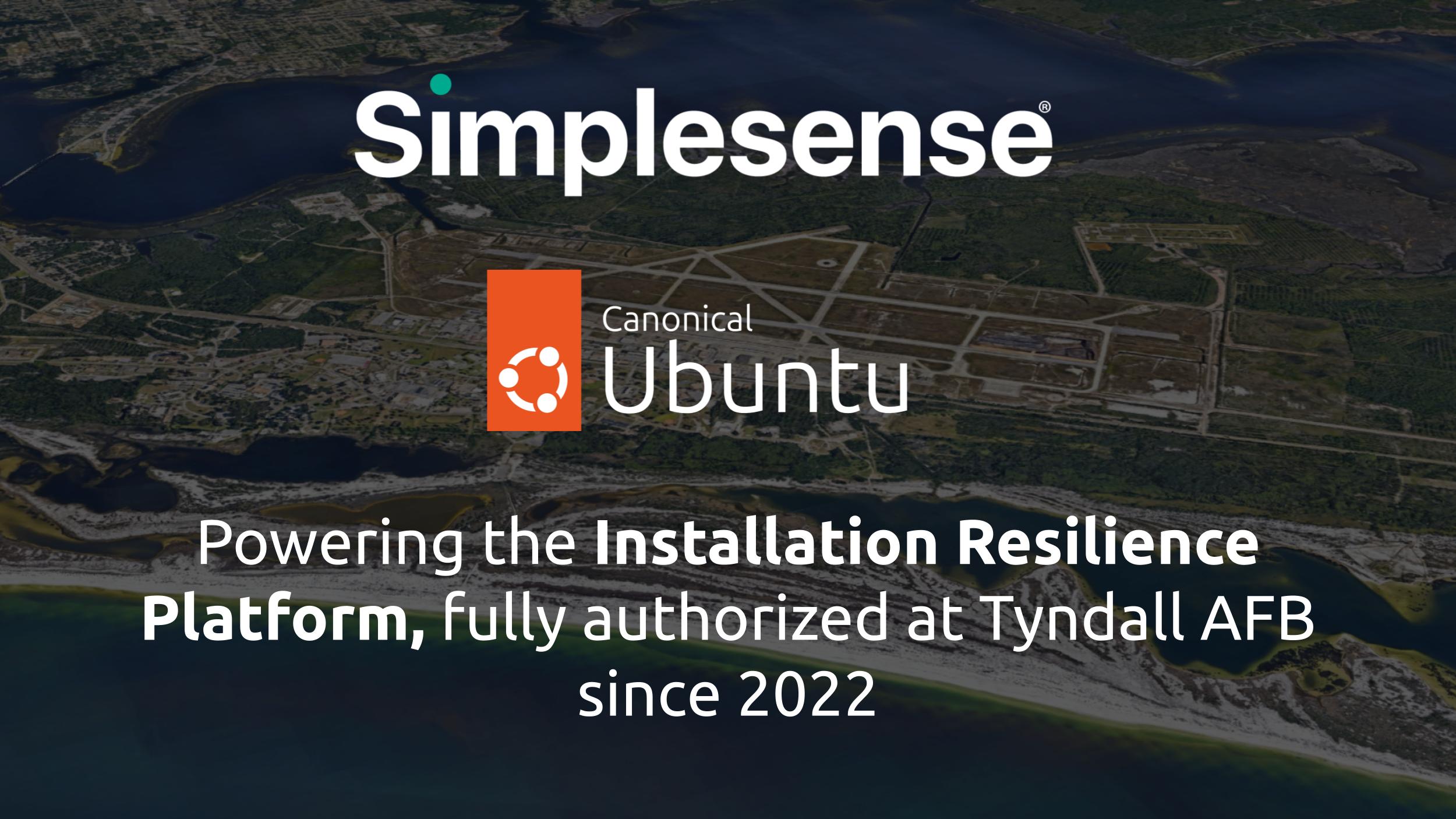Cognitive Workload for Dispatchers Remains at Dangerous Levels
Understanding this critical position in the emergency response process is essential to ultimately saving more lives and minimizing infrastructure damage by reducing response times.

9-1-1 technology has made some significant improvements since its inception in 1968, especially since they integrated the internet, computers, and mobile devices into their service. However, operators are becoming increasingly overloaded, with increasingly more screens requiring their attention. With 240 million calls made to 9-1-1 every year, dispatchers are often drowning in a deluge of disparate data. As SimpleSense has written before, when it comes to public safety, data is a double-edged sword. It’s what’s overwhelming the system and also part of the solution.
Draper Labs recently conducted a literature review to determine how to best measure the level of stress dispatchers are under. Understanding this critical position in the emergency response process is essential to ultimately saving more lives and minimizing infrastructure damage by reducing response times. Here is what Draper found:
Understanding a Dispatcher’s Role
Dispatchers play a critical part in the emergency response process. Simply put: They’re the gateways to responders and resources.
More specifically, dispatchers are responsible for gathering critical incident information from individuals on the scene. Since callers are often in active distress, it can be challenging to extract accurate information. But it doesn’t end there; dispatchers are responsible for continued communications to emergency response personnel as an event unfolds. That is, the dispatcher serves as the relay to both the caller in distress and the responders called to the scene, so it is vital that the tools at this dispatcher's disposal, as well as their systems, function efficiently while also minimizing their cognitive load.
Cognitive Load Assessment for Dispatchers
Regardless of the type of emergency, dispatchers must capture three initial incident details:
- Location of the emergency
- The phone number of the person calling
- Details of the incident
Once they gather this requisite information, dispatchers deploy emergency personnel. Dispatchers then remain on the line with witnesses/victims until response teams arrive to collect additional incident details and provide guidance.
Simultaneously, dispatchers are in contact with emergency response teams via radio. They’ll provide updated incident information to police, fire, and EMS and document timelines and actions during emergency intervention activities. To accurately and efficiently capture and disseminate incident details, dispatchers often have up to 10 visual monitors with audio alert capabilities, two phones (landline and cell phone), push-button radios at their desk, and physical Q&A cards.
Draper believes, given the complex, multi-task nature of call-taking and dispatching, cognitive load assessments should consider three distinct measurement approaches:
- Primary task performance
- User self-evaluation
- Predictive cognitive modeling
Why is it essential to understand dispatchers’ cognitive load? When response time is disrupted or delayed, lives can be lost and significant infrastructure damage can occur. For instance, the American Heart Association found that for every minute that passes without CPR and defibrillation, the chances of survival decrease by 7-10%.
The Physical and Mental Health Challenges of Dispatching
In a literature review published by Cambridge University Press, researchers found that emergency service call-takers and dispatchers experience both mental and physical health challenges resulting from their work. The exposure to duty-related trauma places them at increased risk for developing stress, anxiety, depression, and posttraumatic stress disorder (PTSD). Their work environment also puts them at risk for physical health issues such as obesity, headache, backache, and insomnia.
Creating a Solution
Amid an emergency, every second counts, but the sheer amount of information that comes from every call can delay response times. However, building a system that decentralizes and shares information with the first responders who need it securely, automatically, and immediately could alleviate the cognitive load for dispatchers.
It’s important to note that the emergency planners, public safety officials, and dispatchers that make 911 available across the country do an incredible and under-appreciated job. With better information sharing, we can support the people who work tirelessly to keep us safe.



